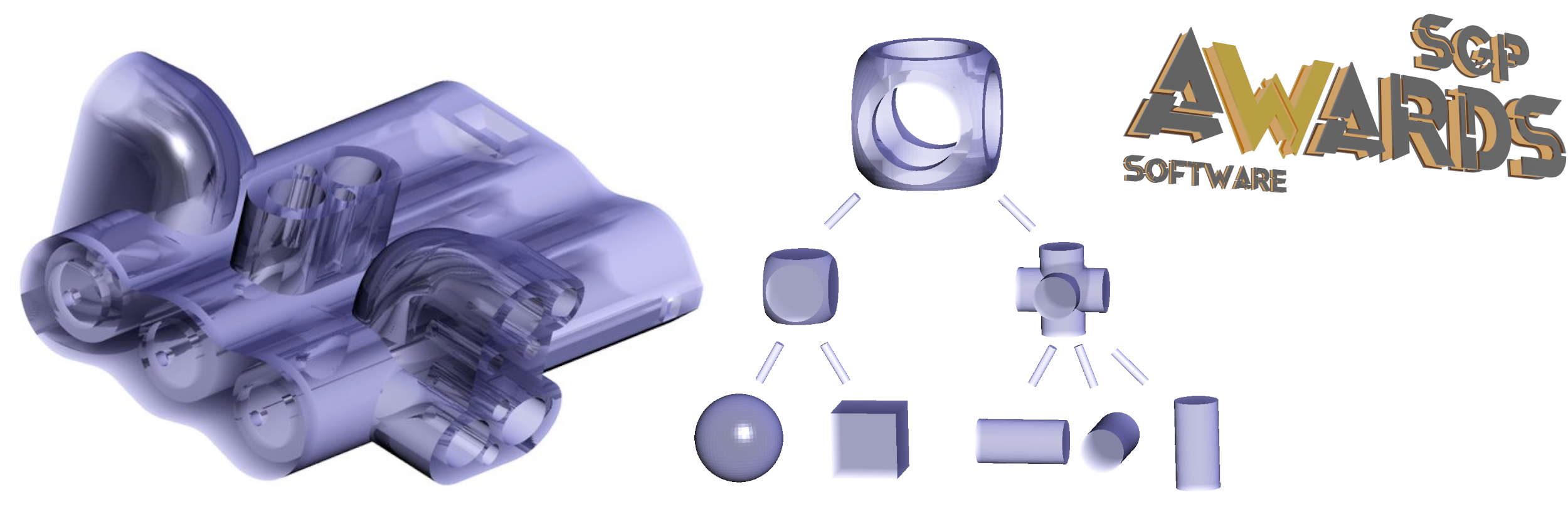Geogram is a programming library with geometric algorithms. It has geometry-processing functionalities:
It also has lower-level algorithm:
- Exact numbers / exact predicates
- Delaunay triangulations in 2D and highly efficient parallel Delaunay triangulations in 3D
- Memory efficient surfacic/volumetric/hybrid mesh data structure
- Efficient geometric search data structures for intersection and raytracing (AABBs, KdTrees, ...)
- Spectral mesh processing
- Linear solver on CPU and GPU
Geogram received the Symposium on Geometry Processing Software Award in 2023.
Geogram contains the main results in Geometry Processing from the former ALICE Inria project, that is, more than 30 research articles published in ACM SIGGRAPH, ACM Transactions on Graphics, Symposium on Geometry Processing and Eurographics. It was supported by two grants from the European Research Council (ERC): GOODSHAPE and VORPALINE.
- Documentation, how to compile, tutorials....
- Programmer's reference manuals...
- Releases
- Projects with geogram
- Graphite, an experimental 3D modeler built around geogram.
- Geogram in-browser demos (How is it possible ? more on this here)
- Data
See FAQ












